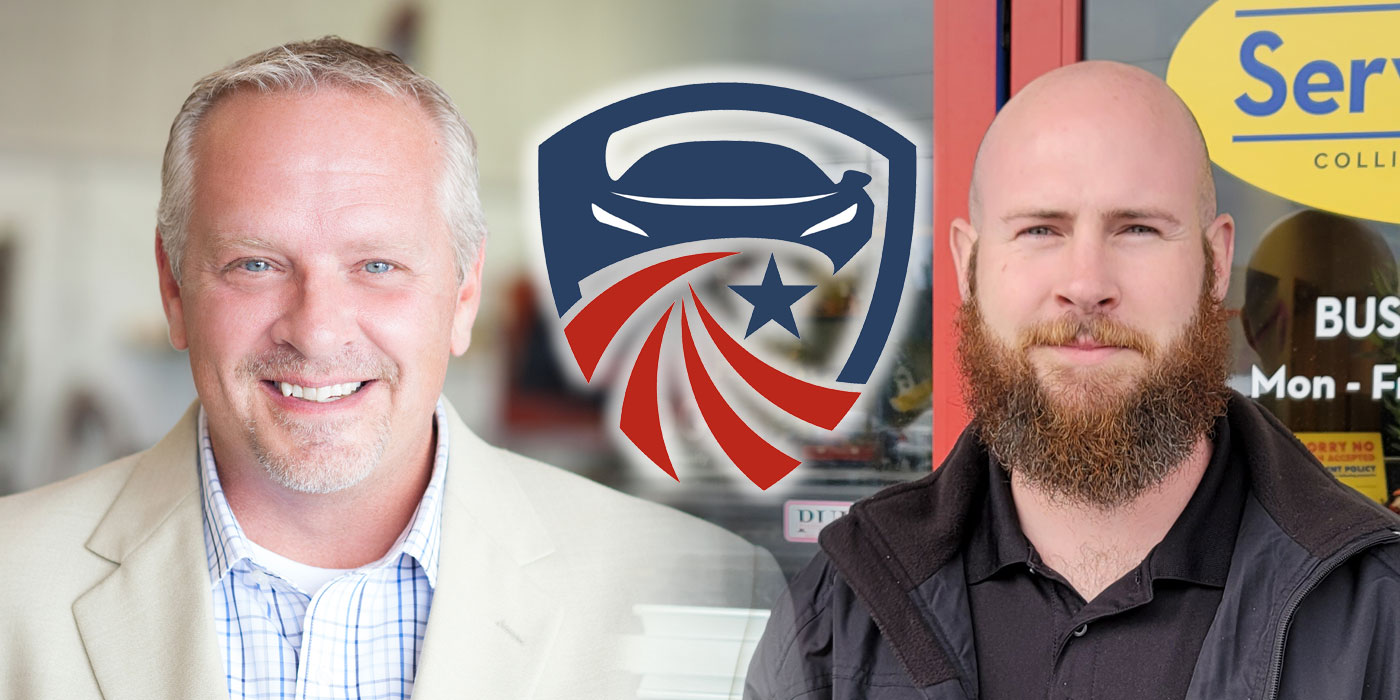Why is money a taboo subject? We’re all in business, go to work and hustle to make money. So why don’t we talk about it? If you find yourself hung up on a quarter panel repair or finding an OEM position statement, chances are you reach out to your colleagues, mentors or business coaches to find the answer. But what about if you’re struggling with cash flow? What then? After years of doing business, perhaps you have anxiety about raising your hand to ask for help.
After having worked with collision repair professionals for quite some time, I’ve realized that no one has all the answers. Our knowledge is a direct correlation to the paths we’ve walked in the industry. As with many things, it takes a village!
Tying Your Shoes
You may have seen a recent video I posted about financial planning being similar to tying your shoes. We all want to be good with our financials, just like we like to walk around with our shoes tied. But sometimes those laces come undone, or you find yourself walking around with the laces loose. There are only two ways you figure out that things have come undone: Someone points it out and you fix it, or you trip and tie your laces.
Financial planning is similar. Sometimes things are undone and we don’t know it, and it takes another person to mention it. It’s also similar in the sense that your laces might have been tied for a long time but over time loosened up and need a little tightening. If we continue this analogy, we can argue that planning is never done either. The rules are always changing: tax laws, financial planning options, collision industry concepts, technology, etc. The only constant is change.
Working with our Hands
Whether you’re a technician, owner or product rep, most of us grew up in the industry working with our hands — physically fixing things, repairing things and earning money on things we can see, feel and touch. It’s no wonder that planning — something that in many cases is intangible — is a difficult subject to broach.
There is a book that I love called “The Psychology of Money.” As the name infers, it talks mostly about our human behavior around saving, investing and planning. One of its major sentiments is that financial planning is a soft skill. It’s actually not as complicated as one would think; in reality, it’s a series of small steps to build a plan over time — similar to car repair. Just as you would apply primer, sealer, basecoat and clearcoat, there are similar steps to financial planning.
Risk Management
The financial planning board recommends similar standard operating procedures, which dictate that we should start with risk management first. Do you have an emergency fund or the equivalent of three to six months in liquidity in case you have an unexpected event? Do you have life insurance, disability insurance, liability insurance? I know, I know — I just said three swear words.
In all sincerity, protecting your risks is part of planning. What could take you down financially? Are you equipped to handle it? Are there estate considerations, such as wills and trusts, that should be ironed out to deal with the family dynamics or put the family business in the hands of the family members that run it? There is an old saying that the only two certainties in life are death and taxes. So, what are you doing about it?
Maxing Your Money
Once risks are covered, the next phase of planning runs into maxing your money. Making sure that your dollars are working for you. This can sometimes be intimidating for business owners.
The first thing is to start watching your numbers. What is the charter of accounts in your QuickBooks? Garbage in is garbage out. Drill down your accounts in QuickBooks and itemize so that you can track income and expenses. A profit and loss document is a great way to uncover excessive spending. I think that sometimes people think it’s more high tech than it actually is:
Income – Expenses = Net Profit
The best place to start is to look at it monthly and weekly. Just observe. Are their trends? Did you have some months that were more expensive than others?
In recent months, there has been a lot of speculation on the economy and what the landscape will look like in the next year. This speculation could drive many to a position of fear and anxiety over the future of their businesses. The reality is that bad days happen. Your painters, no matter how talented, may have a run in the paint or a blend that doesn’t quite look right on the flop. However, they have the tools to fix it. They let the run dry and sand it out and perhaps extend the blend or reformulate. Your estimators may have operations declined because the agents have “never seen anyone ask for that before” (eyeroll), but they persevere and pull position statements. In every position within the industry, we have the tools to repair the problems. It’s time you have the tools in your business toolbox to handle whatever problems arise, regardless of whether they’re driven by the economy, parts shortage, employee shortage or otherwise. The beauty of a financial plan is that it plans for the good times and the bad.
Opportunity
As I am writing this, the Fed just raised the rate as of Feb. 1 to 4.75%, and the employment landscape is weakening. Perhaps you see this with local chain store closings or companies shutting down locations. There is not a crystal ball for the future, so there is no certainty as to what will happen over the next 12 months. However, we could take the information at hand and look for opportunity and abundance. Perhaps this is your opportunity to find a talented customer service rep from a different industry. Perhaps secondary channels of our industry will have employees looking for a new direction. This is the perfect time to start vision casting, planning and putting ideas into motion.
My Favorite Books
If this topic is something you want to expand upon, here are some of my favorite books:
- “Psychology of Money” — Morgan Housel
- “What Would the Rockefellers Do?” — Garrett B. Gunderson
- “Profit First” — Michael Michalowicz
If books aren’t your jam, you can always reach out and we can offer a helping hand.














